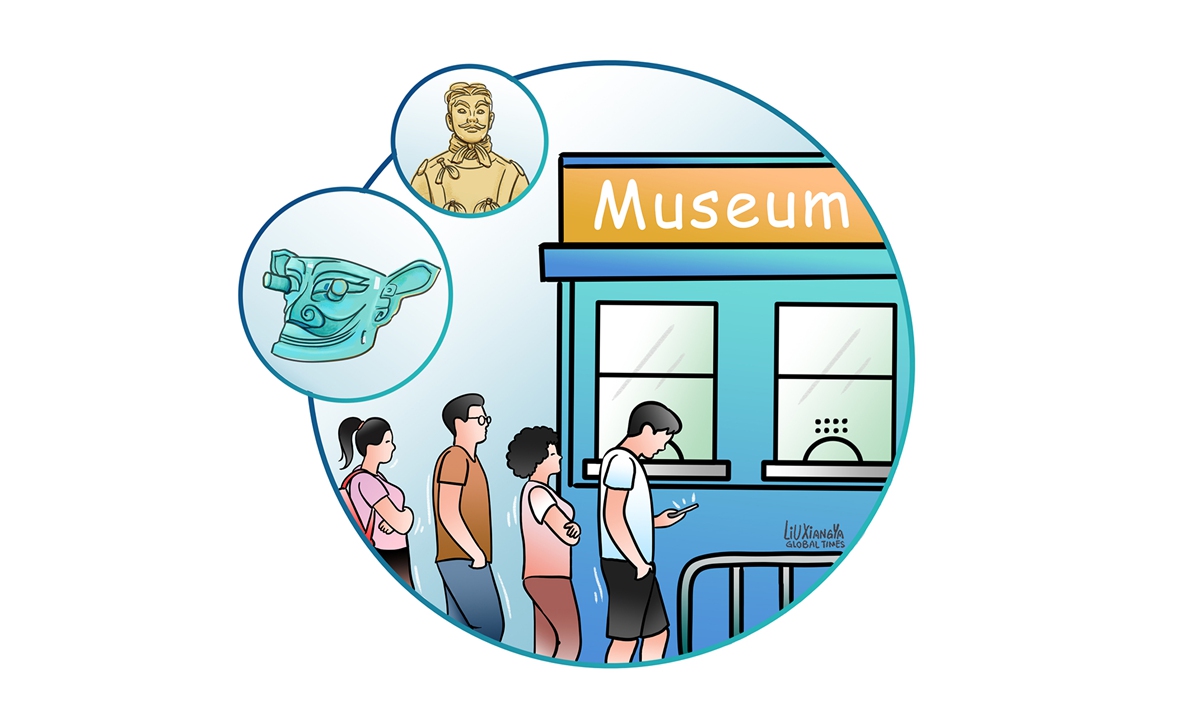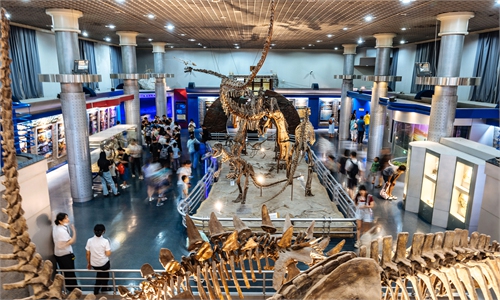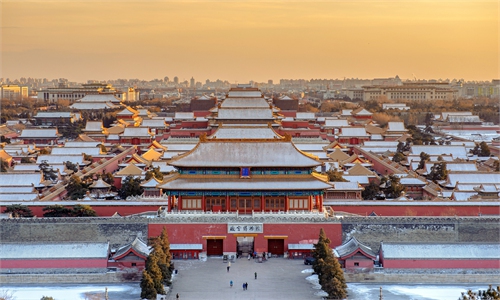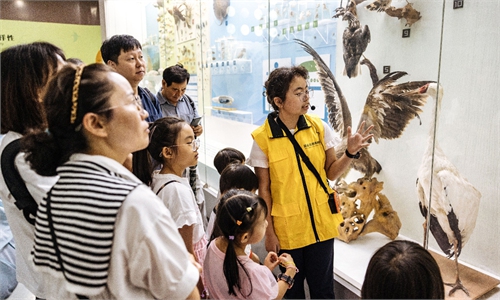ARTS / CULTURE & LEISURE
Museum craze must be carefully nurtured to last beyond summer

Illustration: Liu Xiangya/Global Times
The Shaanxi History Museum issued a statement on Friday saying it currently receives more than 600,000 requests for ticket reservations every day, but only 12,000 visitors are lucky enough to book their tickets each day. The museum called for local residents to make way for visitors from outside of Shaanxi Province in Northwest China to reserve tickets.
The Hangzhou Museum in East China's Zhejiang Province saw more than 12,800 people make reservations on July 16, a new record for single-day reservations since the opening of the museum in 2001.
The Nanjing Museum in East China's Jiangsu Province has adjusted the upper limit of daily visits to a maximum capacity of 25,000 people starting from the beginning of August and is taking measures to prevent scalpers from stockpiling tickets.
Museums across China have been caught up in a craze this summer that has seen a surge in the number of visitors scrambling to experience Chinese history and culture.
The phenomenon is in a nod to China's efforts to strengthen national cultural confidence and historical consciousness. The sought-after museum experience - a palace for protecting and inheriting civilization - is one piece of evidence that the pursuit and recognition of traditional Chinese culture has been continuously strengthened.
Riding on the wave of the craze, museums across the nation have come up with innovative ways to meet pent-up demand and try to prolong the momentum beyond the summer holiday, charting new paths for the development of the country's museums.
To cash in on the booming tourism unleashed in the first summer vacation after the pandemic, the National Development and Reform Commission, the country's top economic planner, issued concrete measures on July 31 to boost consumption and economic recovery.
Promoting the development of nighttime cultural and tourism consumption, encouraging museums, cultural centers, amusement parks to extend their opening hours, and enriching people's life with "24-hour options" as well as exploring new methods in cultural tourism are among the measures.
Hangzhou adjusted the opening hours of 52 municipal state-owned museums and implemented staggered and categorized opening hours starting on July 31, among which 17 museums have broken with convention by opening on Mondays.
Mondays are usually slow days for museums, so they stay closed to do maintenance and other work. Also, many museums are in busy areas that get more visitors on weekends, so they give staff a day off by closing on Mondays.
By extending opening hours to 9 pm, the Suzhou Museum in Jiangsu Province became one of the many museums offering night museum experiences to visitors.
In addition to prolonging opening hours, analysts said more technology should be incorporated at venues to educate visitors and bring them closer to exhibits.
Sun Liming, deputy curator of the Suzhou Museum, said that virtual tours, digital exhibits and augmented reality views are solutions for institutions that are overwhelmed with visitors.
In the Henan Museum, replicas of ancient musical instruments allow visitors to not only listen to music, but also play modern music themselves.
Some museums have also combined exhibition with dramas and role-playing games to entice the younger generation to reenact historical events.
The museum craze is to be taken advantage of, but more importantly, to be nurtured, extended and kept alive in the long run.
Moving classrooms to archaeological sites, incorporating aesthetic education into exhibition visits, bringing museums into classrooms, and making cultural relics "come alive" on campus are some possible means that will enrich the academic experience and stagger students' visits to museums.
Mutual interaction is encouraged between museums and visitors. A museum is an open cultural space where visitors can participate and express their opinions and views. Museums can engage more closely with visitors by organizing lectures, workshops and interactive exhibitions. In addition, museums can also use social media platforms to connect with people and understand their needs and feedback. Only by maintaining close interaction with the public can museums truly become places that everyone loves.
The author is a Global Times reporter. life@globaltimes.com.cn



